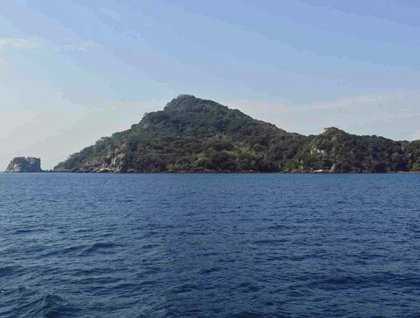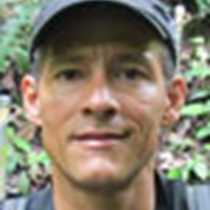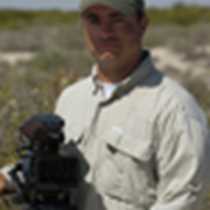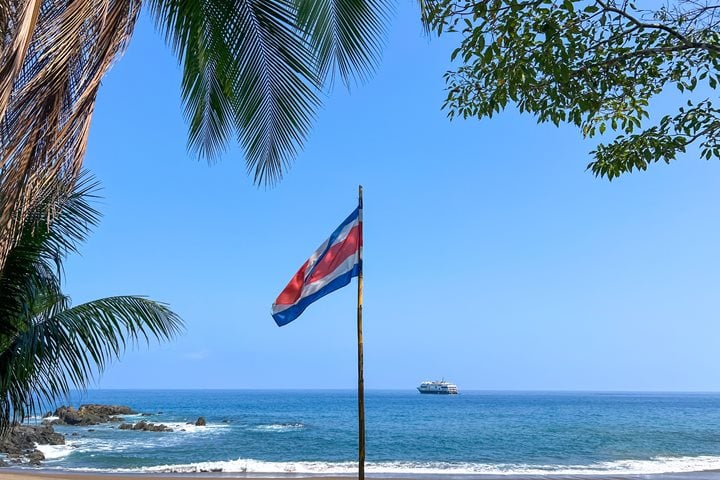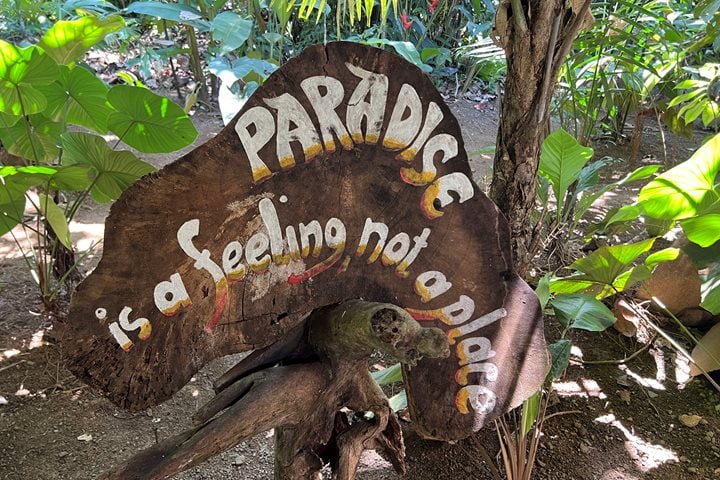Early morning found us underway and within sight of Bona Island and just behind its sister island, Otoque, which has a small fishing community dating from colonial days. These are volcanic islands that, though not particularly large, reach elevations of five-hundred feet above sea level. Seasonal-dry forest type vegetation grows here, the high tide mark could be seen on some of the cacti. It seemed like we followed brown boobies and frigates for much of the way to our anchorage in front of Bona Island.
Some guests took advantage of the early morning sun to get some interesting shots of the bird life as it soared over our bow and in front of National Geographic Sea Lion as we made the final approach to our anchorage.
It seemed as though all those photography sessions provided by our staff paid off as some guests obtained some fantastic pictures of soaring brown boobies with excellent early morning lighting.
Afterwards, we loaded up on our expedition landing craft for an exploration of nearby shores of Bona and admired the bloated red gular pouches of the magnificent frigatebirds and observed and photographed brown boobies and a few young chicks in their nests. Even some blue-footed boobies were also seen and photographed.
After lunch we repositioned to the Pacific anchorage of the canal while we awaited our canal pilot. Later we offered some additional photography tip sessions followed by a great geology talk by staff naturalist Jeffrey. Once our pilot boarded, we started the transit around 5:30 p.m. with dusk already falling. The canal is a round-the-clock operation, so a late afternoon transit gave us a chance to see fascinating night operations at the lock stations. We shared the lockage with a bulk-carrier vessel leading the way, a canal tug, and a local ferry vessel. I narrated the transit as we made our way, guests were very attentive to the entry into the locks for our ascent up to the Culebra Cut and eventually Gatun Lake. Another incredible day!

